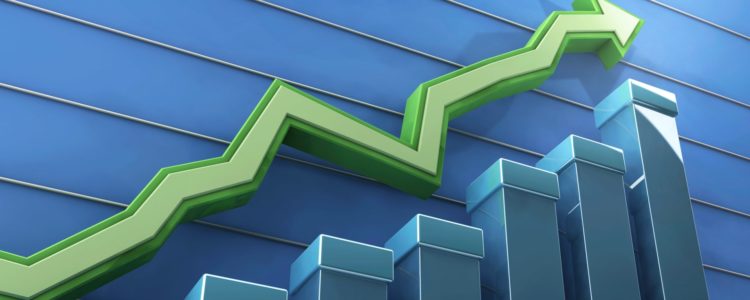What goes up must keep going up … or so many investors think or hope.
The combined market capitalization of the five largest stocks by market capitalization — Microsoft, Apple, Google, Amazon, and Facebook — reached 20% of the S&P 500 in 2020. This level of concentration has not been seen since the Technology Bubble in the late 1990s.
Since 2010, the S&P 500 gained nearly $18 trillion in market cap, with 26% of this growth from the five companies alone. These businesses are truly extraordinary.
Yet, these businesses have proved so successful that there is no way to repeat what they have done. Utilizing math and logic, we can see that the decade forward will have these companies falling short of investor expectations.
Constraints on Growth
In 2010, these stocks had combined sales of 2% and profits of 6% as an overall portion of the S&P 500. They traded at a valuation multiple similar to the index around 19x earnings. (This excludes Facebook, as it became public in 2012.)
In 2020, these stocks now comprise 8% of sales and 14% of profits for the index. Sales grew at nearly 20% yearly while profits were just a tad less at 18%. Impressive.
Even more remarkable is they collectively had average annualized returns at nearly 25%. Now their market cap is 20% of the S&P 500, and they trade around 30x earnings – a hefty valuation multiple over the index.
Call it capitalism or creative destruction. Call it the curse of growing a much bigger denominator or being a victim of your own success. Or listen to Amazon found Jeff Bezos when he says, “Amazon will go bankrupt. If you look at large companies, their lifespans tend to be 30-plus years, not a hundred-plus years.”
Whatever you call it, growth moving forward is going to be much tougher to come by for these darlings.
Consider the thought experiment looking out over the next decade. Assume that the companies that comprise the S&P 500 collectively grow sales at 4% per year. (The last decade had 3.7% yearly.)
Also, assume that profit margins stay constant as does valuation – what investors are willing to pay for stocks. Put these together, and the 4% growth in sales translates to a 4% growth in price and market cap. Add in 2% from dividends, and we get to a 6% total return from the S&P 500.
But what about the tech darlings?
While the market is assumed to grow at 4% yearly, these darling stocks are undoubtedly going to grow faster and provide higher returns than 6%, right?
Assume the darlings continue at their 20% annualized sales growth rate from the prior decade. In doing so, you find that these stocks grow from 8% of sales today to 33% of sales ten years later. Highly unlikely.
Extrapolate another decade for twenty years in total, and sales now comprise 140% of the index. Mathematically impossible.
Even at 15% sales growth, the companies grow to consume 22% of the entire S&P 500 sales a decade later. Still unlikely.
Maybe 10% is more reasonable, but at that rate, do these companies warrant their high prices?
Price Matters
There is no doubt these darling tech stocks have been phenomenal over the prior decade. It turns out they were deserving of a higher price, based on their future growth and profitability. But now, while they’re still great companies, price matters more.
“To avoid repeating the share price collapse experienced by their predecessors, today’s market cap leaders will need to at least meet — and preferably exceed — current consensus growth expectations. This time, expectations seem more achievable based on recent results and management guidance.” Goldman Chief U.S. Equity Strategist David Kostin wrote in February 2020.
I disagree with the last sentence. Gone is an entire decade of 20% annualized sales growth.
Profit margins for the darlings – already nearly double the S&P 500, which itself has been at all-time-high profit margins – are likely to continue to come under pressure. Whether this is through increased competition with each other, regulation, disruptive technologies, no one knows when or how.
Regardless, there is no logical reason an investor should expect similar outsized returns over the coming decade as the last. The trend may continue for a while. But eventually, the music will run out, and investors will realize price matters … just like investors learned the same at the end of the Tech Bubble.
Kevin Kroskey, CFP®, MBA | President & Senior Wealth Advisor


